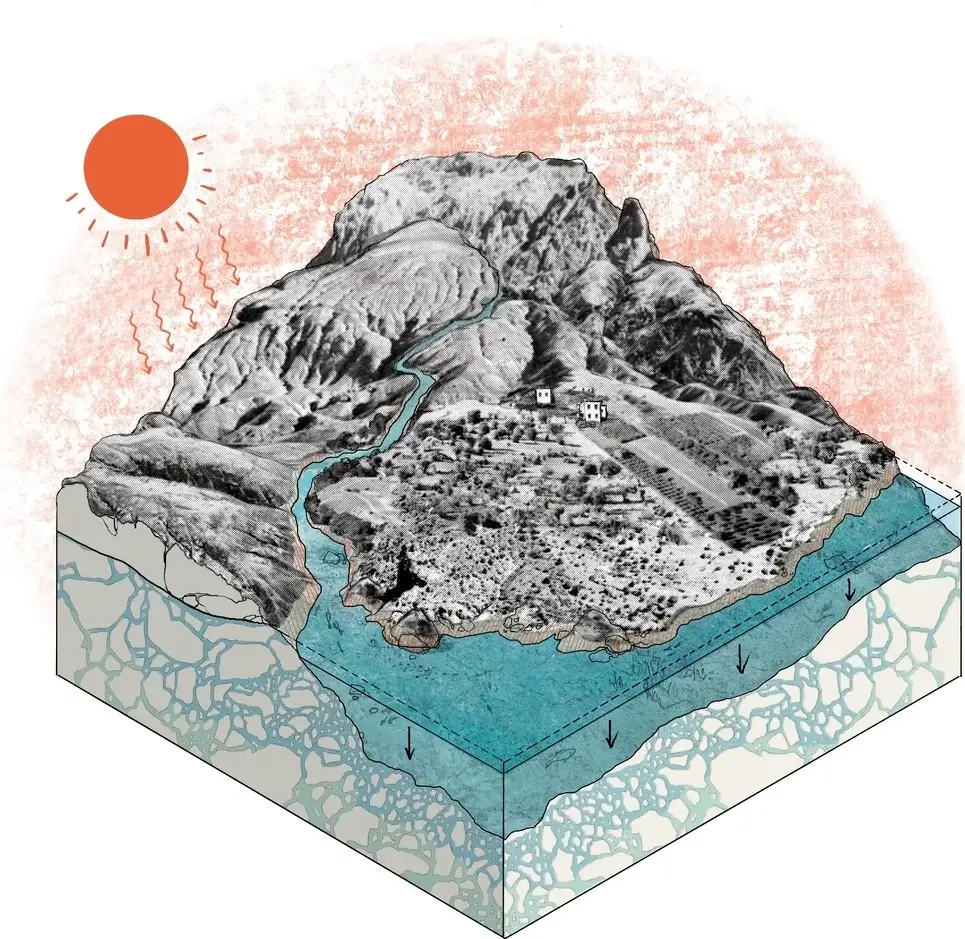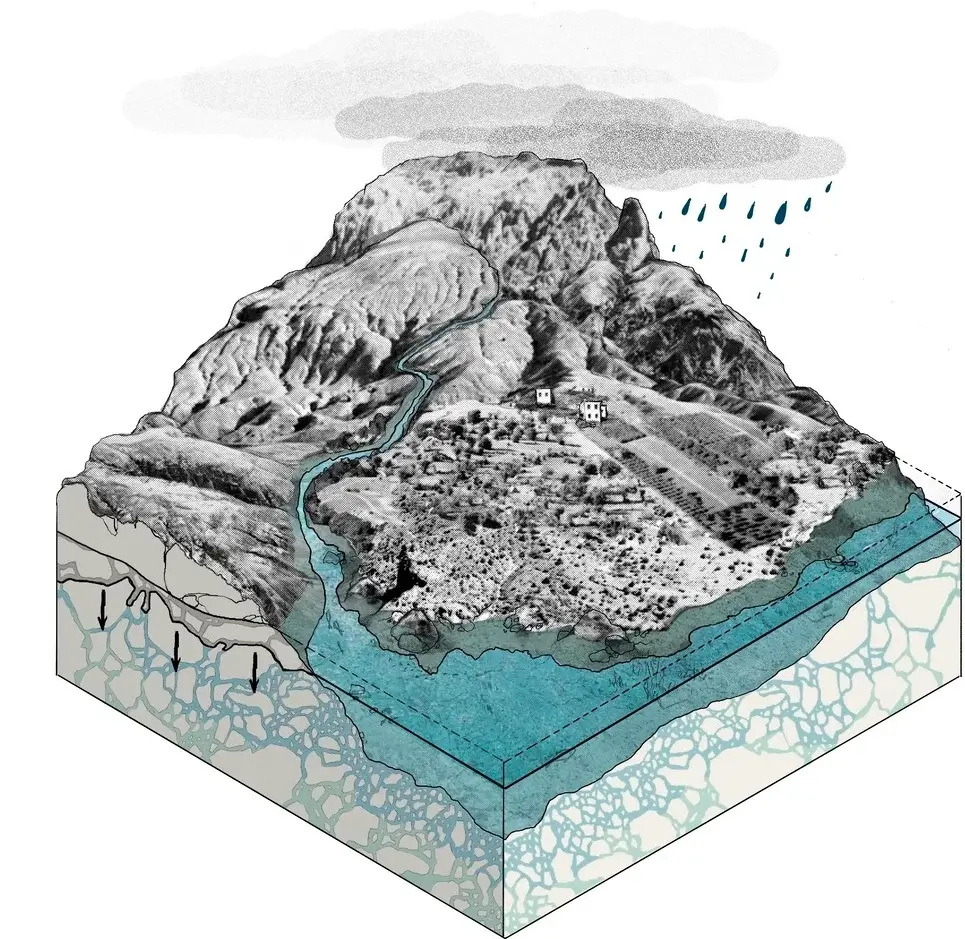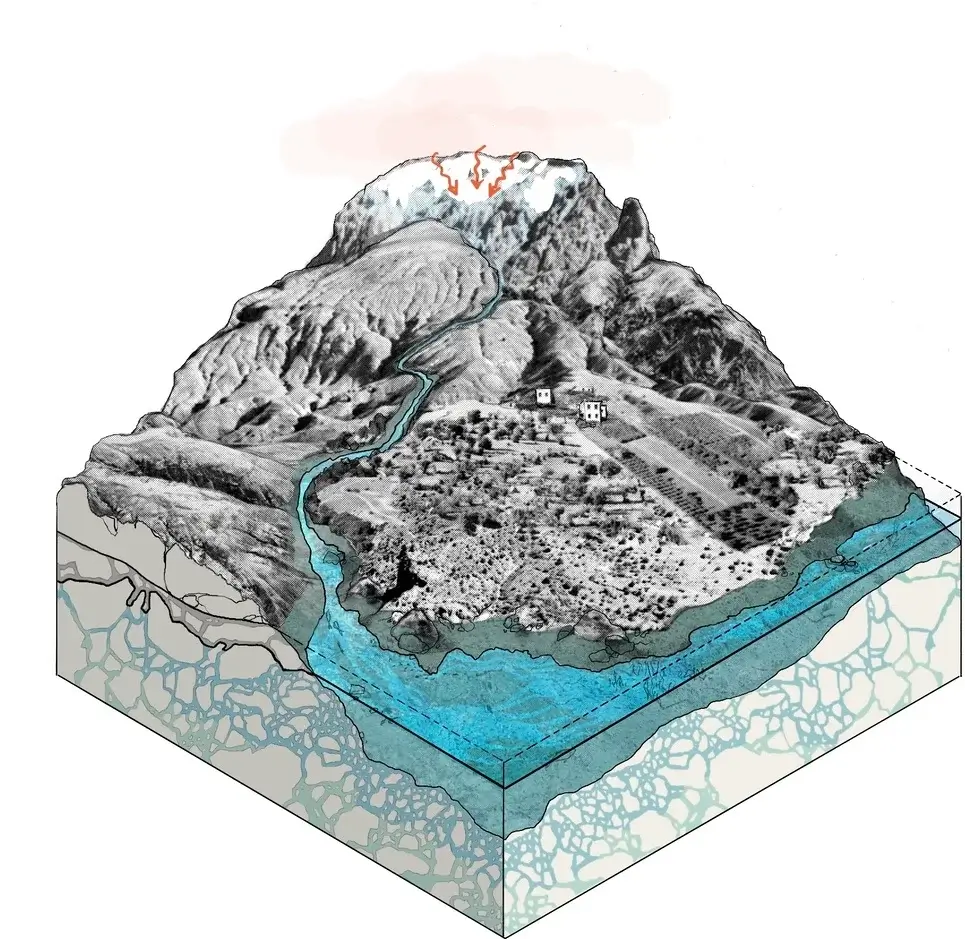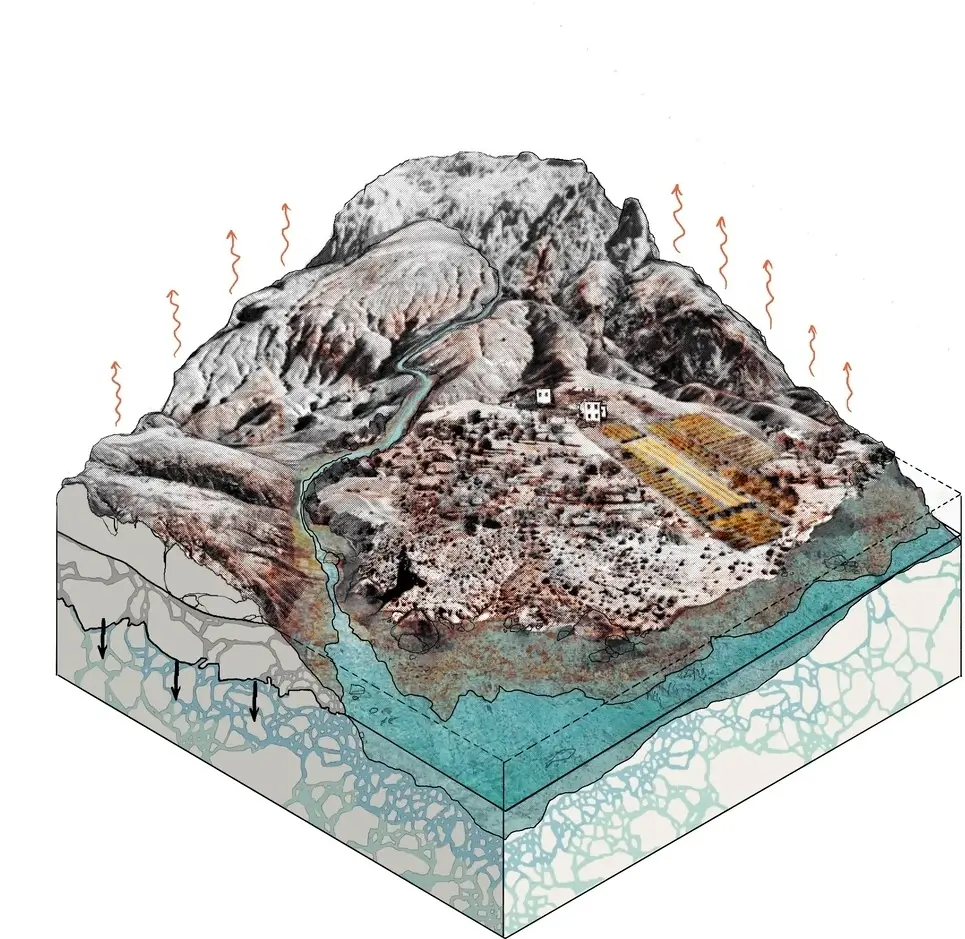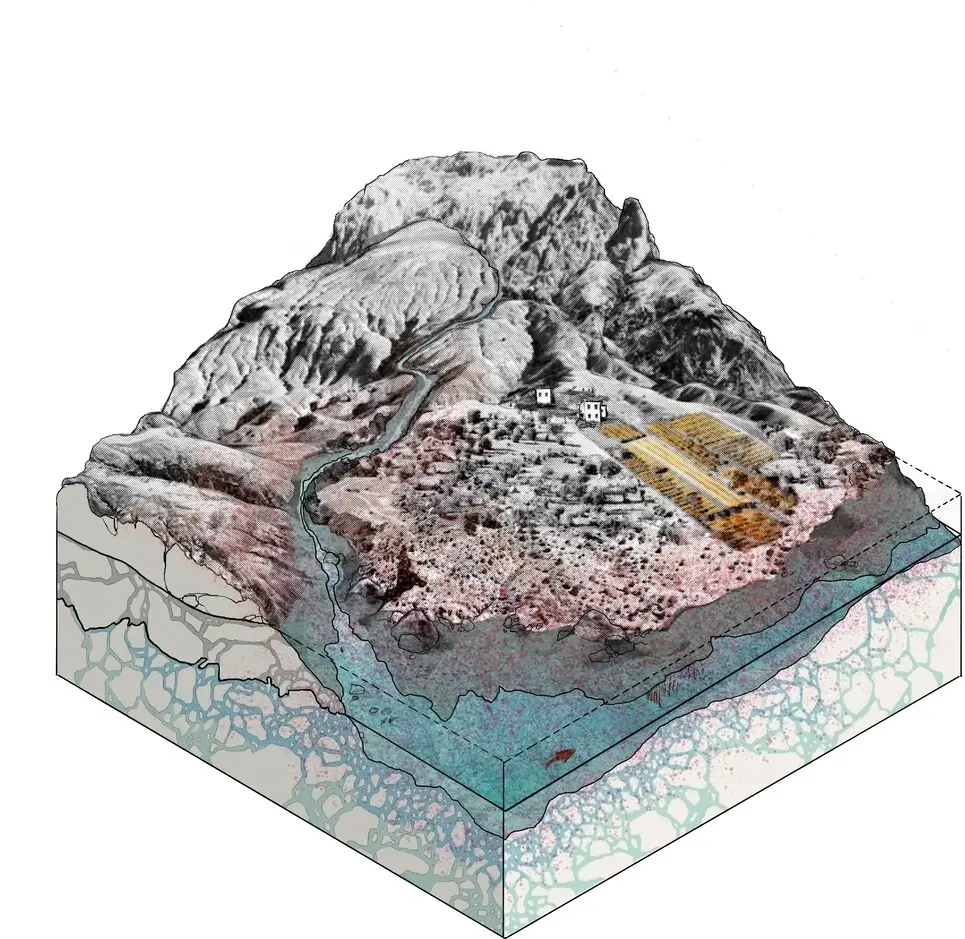
Rising Heat, Falling River?
The Euphrates River in the grip of climate change

Published: 22 March 2024
Story by UNDP Syria and Onewater
The Middle East is one of the most vulnerable regions to global climate change. Climate change will be a key driver of increased water stress in the region, particularly in Syria and Iraq.
At the beginning of the 21st Century, the average number of extremely hot days per year in the region was 16. This number is projected to increase to 80–120 days by the middle of the century.
EXTREMELY HOT DAYS
The worst-case scenario: +200 extremely hot days per year by the end of the century.
In Syria, the impacts of climate change are both diverse and profound. The country faces a multitude of challenges: soaring temperatures, more frequent and intense droughts, decreased levels of precipitation, irregular snowmelt affecting river flows, diminishing soil moisture, and increasing soil salinity.
Moreover, the socio-economic impacts related to climate change, particularly the risks of conflict over water resources, could become severe as water scarcity becomes an increasingly pressing issue in the Middle East region.
Timeframe
Scenarios
Water Stress
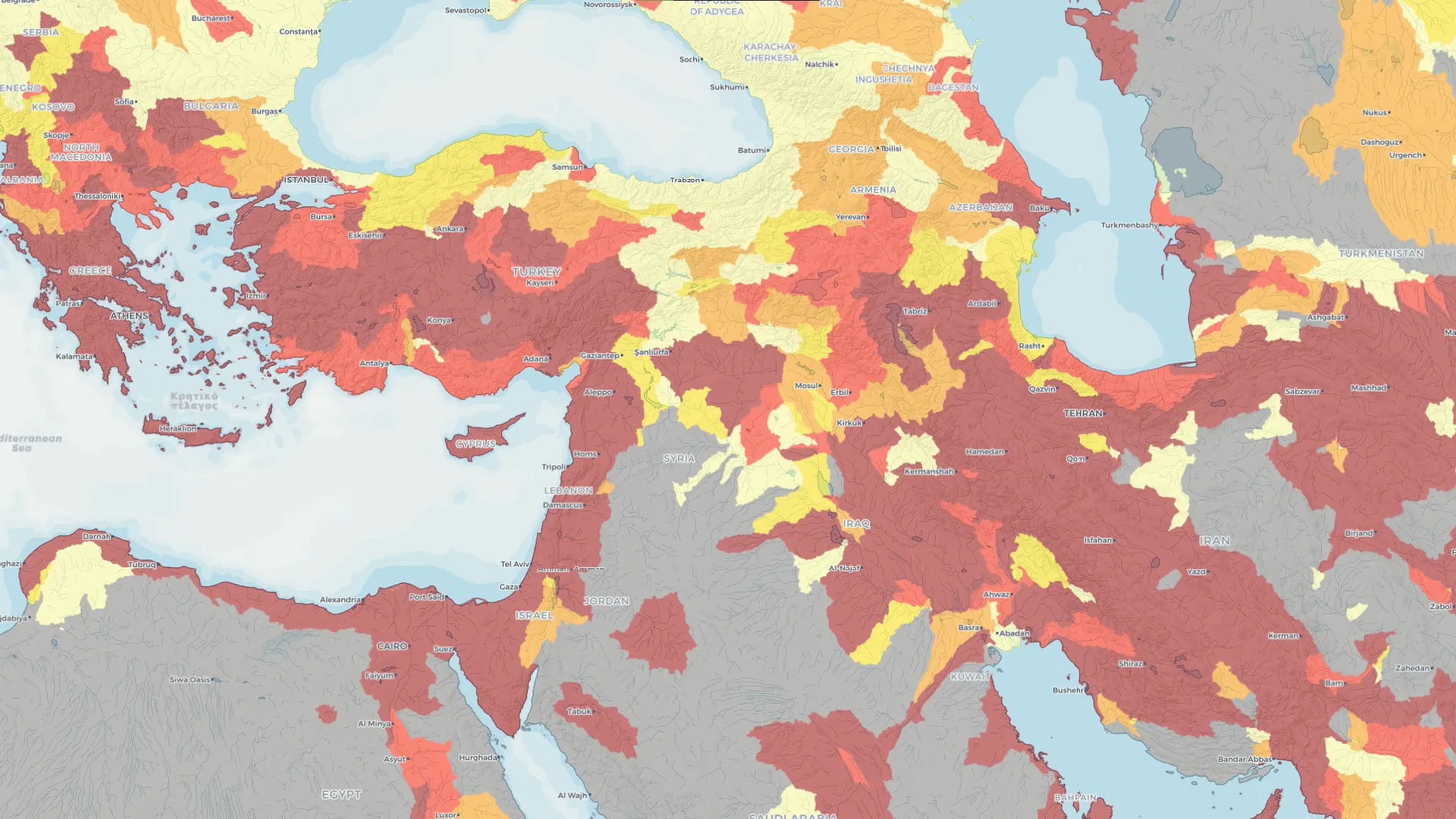
HYDROLOGICAL CYCLE
Climate change is drastically altering the hydrological cycle in several significant ways. The effects of this are particularly evident along the Euphrates in Syria.
CLIMATE CHANGE RESPONSE
The capacity to adapt to extreme heat is very limited in poorer, remote areas where heat and drought significantly impact health and agriculture.
Climate change will continue to significantly worsen living conditions in the Middle East and North Africa. Protracted heat waves and sandstorms may make some areas uninhabitable [...].
”Director at the Max Planck Institute for Chemistry
Jos Lelieveld
While comprehensive strategies to address extreme temperature increases are still being developed, practical measures can be implemented. For instance, modifying housing to maintain cooler indoor temperatures is a viable option, especially in sun-abundant regions where solar energy could be harnessed for cooling purposes. In the agricultural sector, adapting to more frequent droughts might involve implementing innovative irrigation techniques and cultivating drought-resistant crops.
UNDP Syria and development partners have been actively initiating pilot projects aimed at enhancing the resilience and adaptive capabilities of Syrian communities in the face of a changing climate. You can explore some examples beneath.
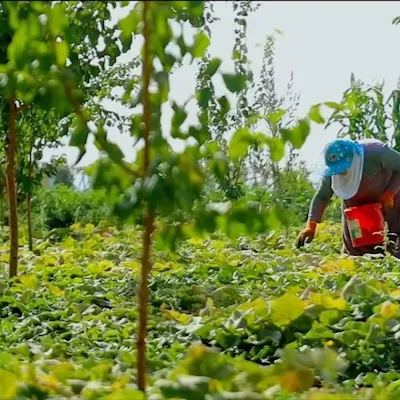
Environmental Challenges and the Road to Resilience: Transforming Eastern Ghouta's Landscape
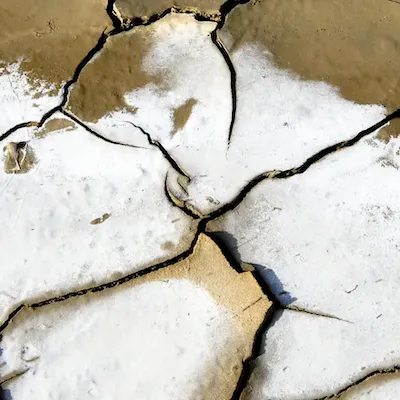
UN-Habitat, UNDP, FAO to launch Adaptation Fund Project to address climate change
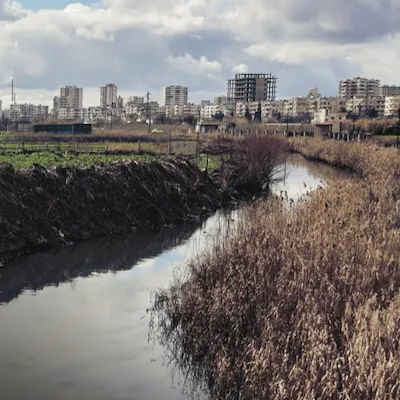
Pursuit of environmental sustainability and climate resilience through urban recovery in Syria
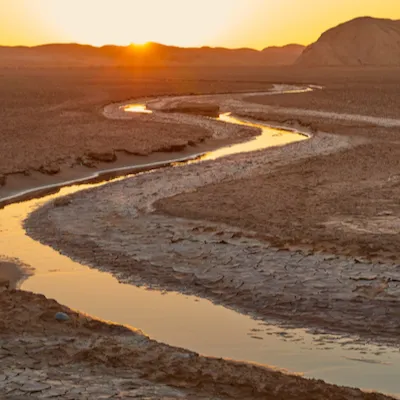
Adapting to Climate Change in Conflict-Affected Syria

Rising to the challenge: Climate action in the Arab region

Green Climate Fund supports the Syrian Arab Republic to mitigate and adapt to the effects of climate change
.webp?alt=media&token=aa165fe3-1120-4a78-8109-97ff3c3df880)
